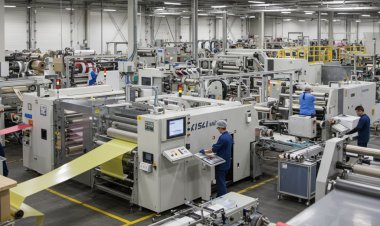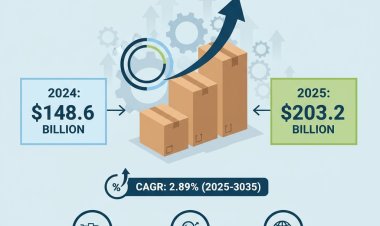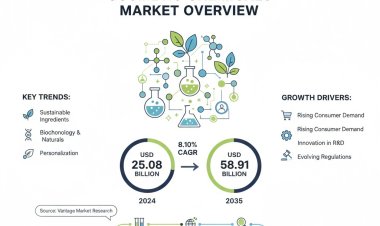Artificial Pancreas Device System Market: Trends, Technologies, and Future Outlook (2025-2035)
Explore the rapidly growing Artificial Pancreas Device System market, valued at USD 2.58 billion in 2024 and projected to reach USD 7.77 billion by 2035. Learn about device types, regional insights, key players, and future trends shaping diabetes care.
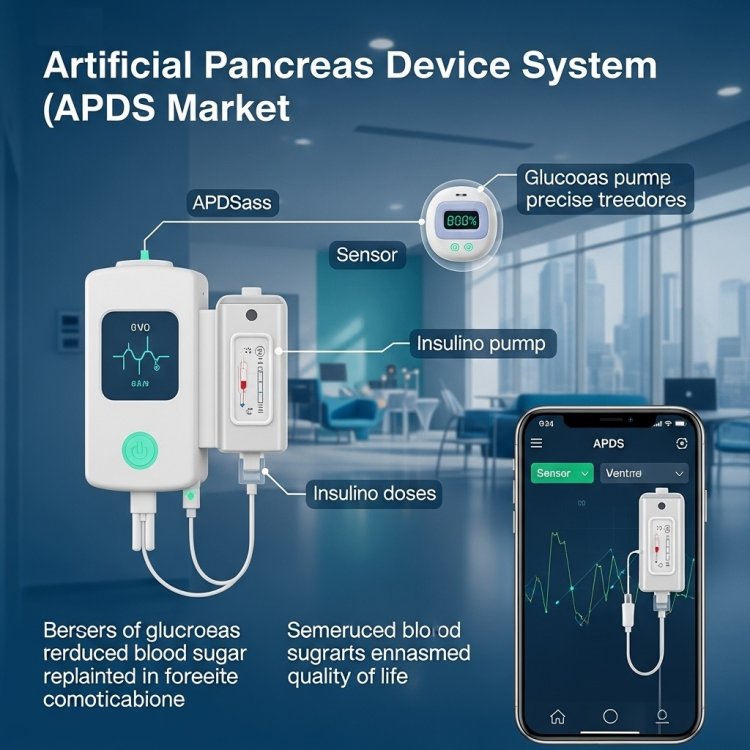
Artificial Pancreas Device System Market: A Comprehensive Overview
The Artificial Pancreas Device System (APDS) represents a groundbreaking advancement in diabetes management, designed to closely mimic the glucose-regulating function of a healthy pancreas. This system integrates continuous glucose monitoring (CGM), insulin infusion pumps, and sophisticated algorithms to automate insulin delivery, significantly improving glycemic control for people with diabetes. According to analysts at Vantage Market Research, the global APDS market is valued at USD 2,579.4 million in 2024 and is projected to reach USD 7,768 million by 2035, growing at a compound annual growth rate (CAGR) of 13.00% during 2025–2035. This article delves into the market overview, device types, regional insights, competitive landscape, and future projections to provide a comprehensive understanding of this transformative healthcare technology.
Key Takeaways
- The global Artificial Pancreas Device System market is valued at USD 2.58 billion in 2024 and expected to grow at a CAGR of 13.00% to reach USD 7.77 billion by 2035.
- Rising diabetes prevalence, technological advancements, and improved healthcare infrastructure are key drivers of market growth.
- APDS devices are categorized into Threshold Suspend, Control-to-Range, and Control-to-Target systems, each offering varying levels of automation and glycemic control.
- North America dominates the market, followed by Europe and the rapidly growing Asia-Pacific region.
- Leading companies like Medtronic, Insulet, and Tandem Diabetes Care are driving innovation with advanced closed-loop systems and AI integration.
- Future growth will be shaped by technological innovations, expanding access, and overcoming cost and regulatory challenges.
Overview of the Artificial Pancreas Market
The Artificial Pancreas Device System Market is witnessing robust growth driven by several critical factors. The rising global prevalence of diabetes, particularly type 1 diabetes, is a primary catalyst. According to the International Diabetes Federation, over 537 million adults worldwide were living with diabetes in 2021, a number expected to rise sharply in the coming years. This growing patient population fuels demand for advanced diabetes management solutions that offer better glycemic control and reduce the risk of complications.
Technological advancements in continuous glucose monitoring and insulin pump technologies have also propelled market expansion. Modern CGMs provide real-time glucose readings with improved accuracy, while insulin pumps have become more compact, user-friendly, and capable of delivering precise insulin doses. The integration of these devices through sophisticated algorithms enables the creation of closed-loop systems that automate insulin delivery, reducing the burden on patients and improving quality of life.
Healthcare providers and payers increasingly recognize the clinical and economic benefits of APDS, such as reduced hospitalizations due to hypoglycemia or hyperglycemia and improved long-term health outcomes. This recognition is driving reimbursement policies and encouraging adoption in both developed and emerging markets.
Get a Sample Copy:- https://www.vantagemarketresearch.com/artificial-pancreas-device-system-market-1335/request-sample
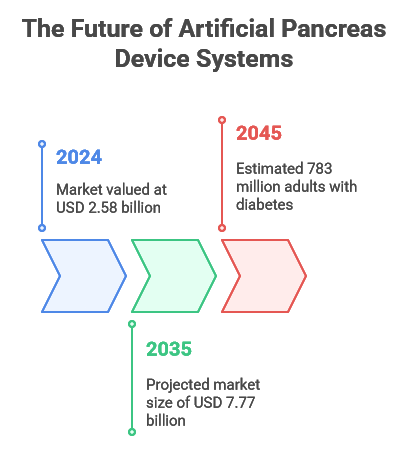
Furthermore, growing awareness and education about diabetes management, coupled with increasing healthcare infrastructure investments, particularly in emerging economies, are expanding the market base. The convergence of these factors underpins the strong CAGR of 13.00% forecasted for the APDS market through 2035.
Breakdown of Device Types
Artificial Pancreas Device Systems are broadly categorized into three types based on their operational algorithms and functionalities: Threshold Suspend Device Systems, Control-to-Range Systems, and Control-to-Target Systems.
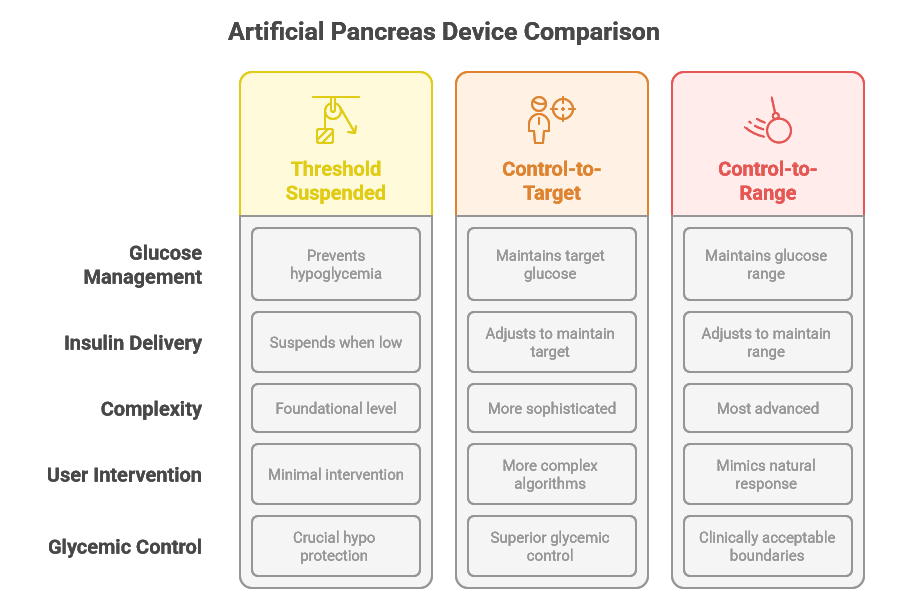
Threshold Suspend Device Systems are the earliest form of automated insulin delivery. These systems monitor glucose levels continuously and suspend insulin delivery when glucose falls below a preset threshold, thereby preventing hypoglycemia. While effective in reducing low blood sugar episodes, these systems do not actively adjust insulin delivery to maintain glucose within a target range.
Control-to-Range Systems represent a more advanced iteration. These systems adjust insulin delivery to keep glucose levels within a predefined range rather than simply suspending insulin at low levels. By modulating insulin doses based on real-time glucose data, these systems reduce both hyperglycemia and hypoglycemia, offering improved glycemic stability.
Control-to-Target Systems are the most sophisticated and fully automated APDS. These systems use complex algorithms to continuously calculate and deliver precise insulin doses aimed at maintaining glucose levels at a specific target value. This closed-loop approach mimics the natural function of a healthy pancreas more closely than other systems, providing optimal glucose control with minimal patient intervention.
Each device type offers unique benefits and is suited to different patient needs and clinical scenarios. The ongoing evolution from threshold suspend to control-to-target systems reflects the rapid technological progress in diabetes care.
Regional Market Insights
The global Artificial Pancreas Device System market exhibits significant regional variation in adoption, driven by healthcare infrastructure, regulatory environments, and diabetes prevalence.
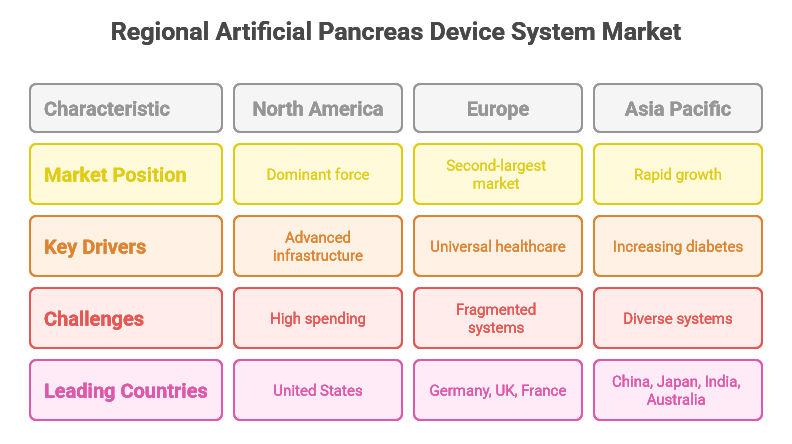
North America holds the dominant market share, attributed to high diabetes prevalence, advanced healthcare infrastructure, and strong reimbursement frameworks. The U.S. leads in APDS adoption due to early regulatory approvals, widespread insurance coverage, and a large patient base actively seeking innovative diabetes management solutions. Additionally, North America benefits from the presence of key market players and ongoing clinical research that fuels product innovation.
Europe is the second-largest market, with growing adoption driven by increasing diabetes awareness and government initiatives promoting advanced diabetes technologies. Countries like Germany, the UK, and France have well-established healthcare systems that facilitate access to APDS. However, market growth is somewhat tempered by varying reimbursement policies across countries and regulatory complexities.
Asia-Pacific is emerging as a high-growth region due to the rapidly increasing diabetes population, particularly in countries like China and India. Rising healthcare expenditure, expanding healthcare infrastructure, and growing awareness about diabetes management are key growth drivers. However, affordability and access remain challenges in some parts of the region, which companies are addressing through cost-effective device offerings and strategic partnerships.
Other regions, including Latin America and the Middle East & Africa, are gradually adopting APDS technologies, supported by improving healthcare systems and increasing diabetes prevalence.
Competitive Landscape Analysis
The Artificial Pancreas Device System market is highly competitive, with several key players driving innovation and market expansion. Leading companies include Medtronic, Insulet Corporation, Tandem Diabetes Care, Beta Bionics, and Bigfoot Biomedical.
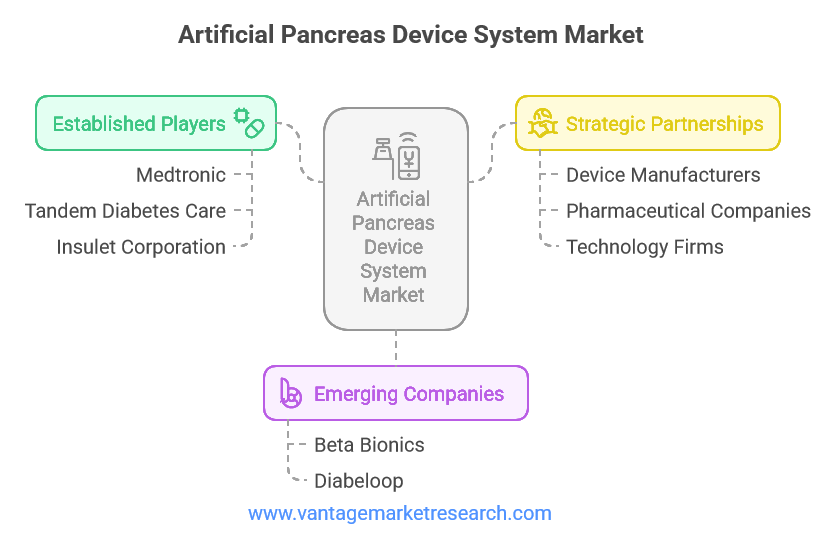
Medtronic is a pioneer in the APDS space, with its MiniMed series offering advanced hybrid closed-loop systems. The company continues to invest heavily in R&D to enhance device accuracy, usability, and integration with digital health platforms.
Insulet Corporation, known for its Omnipod insulin management system, is innovating with tubeless pumps and automated insulin delivery algorithms, targeting improved patient convenience and adherence.
Tandem Diabetes Care has gained market traction with its t:slim X2 insulin pump, which integrates with Dexcom CGMs and features a Control-to-Target algorithm, offering a fully automated closed-loop system.
Beta Bionics is developing the iLet bionic pancreas, a dual-hormone system delivering both insulin and glucagon, aiming to more closely replicate natural pancreatic function.
Bigfoot Biomedical focuses on simplifying diabetes management through smart insulin delivery systems integrated with AI-driven decision support.
Recent innovations include enhanced CGM accuracy, AI-powered predictive algorithms, smartphone app integration, and dual-hormone delivery systems. Market share dynamics are influenced by product innovation, regulatory approvals, pricing strategies, and partnerships with healthcare providers.
Future Market Projections
The Artificial Pancreas Device System market is poised for substantial growth, with projections estimating a market valuation of USD 7,768 million by 2035. This growth will be fueled by continuous technological advancements, including improved sensor accuracy, AI-driven algorithms, and integration with digital health ecosystems.
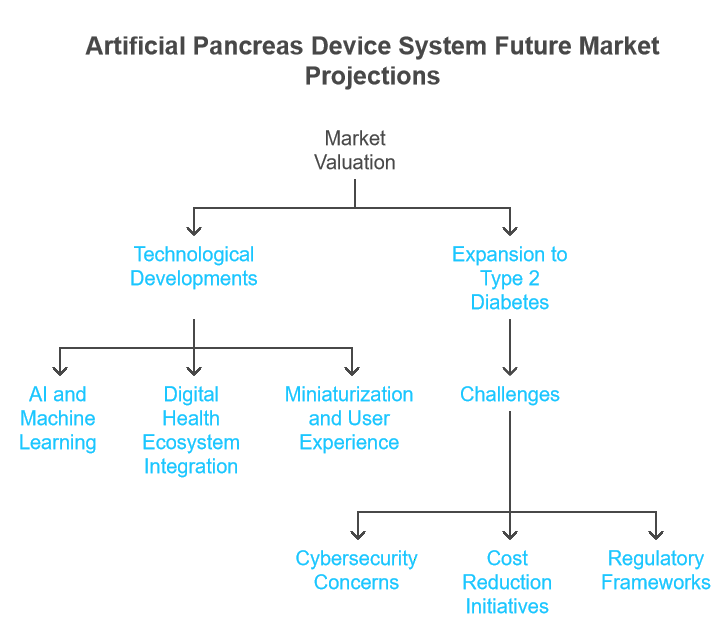
Emerging technologies such as dual-hormone systems, which deliver both insulin and glucagon, promise to further enhance glycemic control and reduce hypoglycemia risk. Additionally, miniaturization and improved user interfaces will increase patient adoption and satisfaction.
Challenges remain, including high device costs, regulatory hurdles, and the need for extensive clinical validation. However, opportunities abound in expanding access in emerging markets, developing personalized diabetes management solutions, and leveraging telemedicine for remote monitoring.
The future of APDS lies in creating fully autonomous, user-friendly systems that seamlessly integrate into patients’ lives, improving outcomes and reducing the global diabetes burden.
FAQs
- What factors are driving the growth of the Artificial Pancreas Device System market?
- How is the market expected to evolve between 2024 and 2035?
- What is the significance of a CAGR of 13.00% in the context of the Artificial Pancreas Device System market?
- What are the potential challenges facing the Artificial Pancreas Device System market during the forecast period?
- The Artificial Pancreas Device System is revolutionizing diabetes care, offering hope for millions worldwide to achieve better glucose control with less effort and improved quality of life.













